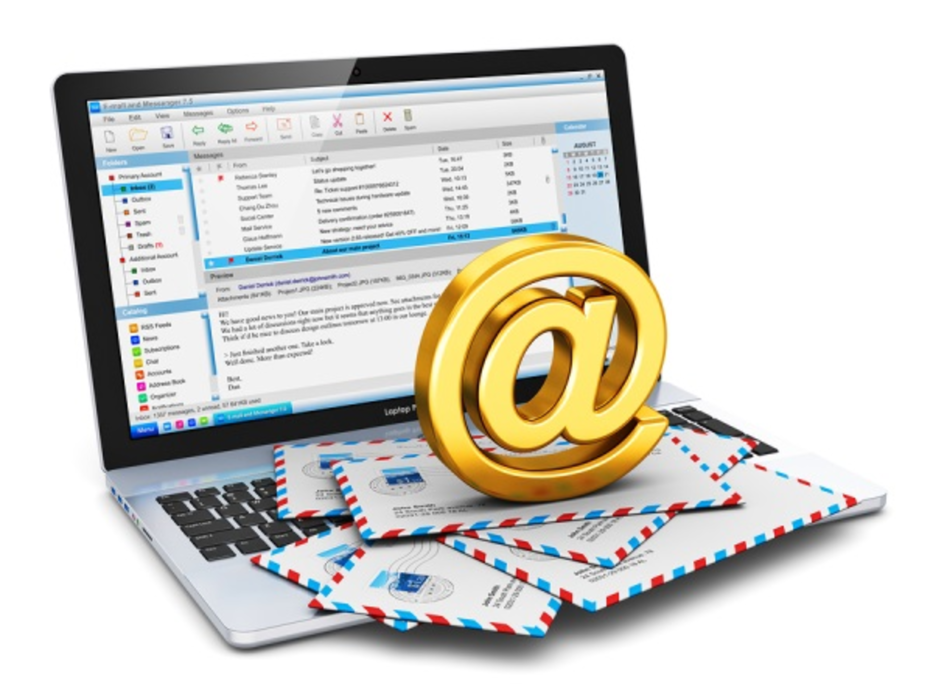There’s no question; email remains the undisputed leader for marketing messages.
In fact, the results of a recent survey from email platform Message Systems highlights email’s staunch popularity among shoppers, with 25% percent of respondents saying that email remains their clear favorite for marketing messages; compare that with 9% who prefer text messages, 7% who say they want postal mail, and 5% who prefer social media.
But despite its persistent popularity, marketers still can have a tough time knowing how to craft the most effective email messages. Here, Ron Cates, director of digital marketing education at Constant Contact and Chad White, lead research analyst for Salesforce Marketing Cloud, team up to share what’s in and what’s out in email marketing for 2015.
What’s Out
Batch-and-blast
Cates: Permission-based email marketing is the only effective way to conduct email marketing, so batch-and-blast was never in. Context is ruling the day, as seen by the explosion of location-based marketing–so, more than ever, email marketing campaigns need to be relevant and timely. Doing small things like looking at what email subscribers are opening, and when, and then segmenting email lists, can go a long way towards achieving relevancy.
White: For most brands, broadcast emails will probably always represent the majority of the emails they send. However, they’re contributing a gradually shrinking portion of overall email marketing revenue. On the other hand, triggered emails are capturing an increasing share of program revenue, with some leading brands generating the majority of their email marketing revenue from these emails.
Static emails
White: Because subscribers are constantly raising the bar on relevance, there’s an increasing need to infuse every kind of email with one-to-one content using personalization, dynamic content, live content, and predictive intelligence. We’re transitioning from the era of mass email to the era of mass personalized email.
On the design side, a personalized experience is also important. Mobile-friendly design is critical—and great practice for the design challenges that smart watches, glasses, and other wearables will present for email marketers in the years ahead. Using responsive design will also be useful in creating device-targeted content, where the messaging and calls-to-action are different depending on the device on which the email is rendered.
Standard subject lines
Cates: Subject lines are make-or-break time for email campaigns, and so sticking to some tried-and-true rules will help marketers avoid the spam folder and raise open rates. Some quick suggestions: keep it under 40 characters; take out anything that reads like spam, including multiple exclamation points or buy-now language. Ask a question, and make sure you’re clear as to what content the subscriber will get when they open the email. If the subject line is always the same, the recipient will assume that you’re lacking new content.
Continue to page 2
What’s In
Predictive analytics
White: Using predictive intelligence to deliver personalized recommendations can be one of the easiest and quickest ways to make use of the Big Data in your organization. Adding this functionality to your emails—in particular, your transactional, cart abandonment, and browse abandonment emails—can have a dramatic effect on email revenue.
Responsive design
Cates: Whether it’s mobile-friendly or mobile-responsive, marketers have realized the importance of creating emails that read well on smartphones. The big change in 2015 will be marketers using their phones to both gather content and then immediately create and send their email campaigns. For example, a local wine shop can take a few pictures of an in-store tasting they’re hosting and—right from their phone—send them via an email campaign to those who RSVP’d but have not yet arrived as a fun reminder to get there soon.
Subject lines with #hashtags
White: Even if an email is unopened, the subject line can still deliver a call-to-action, if well-written. Using hashtags in subject lines is one of those ways to drive action without an open, in addition to signaling that the content is inside the email has a social component. In many cases, using a hashtag in the subject line suppresses opens in exchange for spurring engagement with the hashtag on social networks, so make sure you’re at peace with that tradeoff.
Real-time personalization
Cates: Particularly with social media channels, such as Facebook limiting organic reach in favor of small businesses, email will establish itself in 2015 as the one channel marketers truly own. They can control exactly who sees exactly what content, making personalization much easier—and more effective—than in any other online marketing channel. When you combine today’s mobile technology, which makes sending email campaigns as easy as swiping a finger on your iPhone or Android, email is poised to be one of the leading technologies making real-time personalization a reality for all marketers in 2015.







